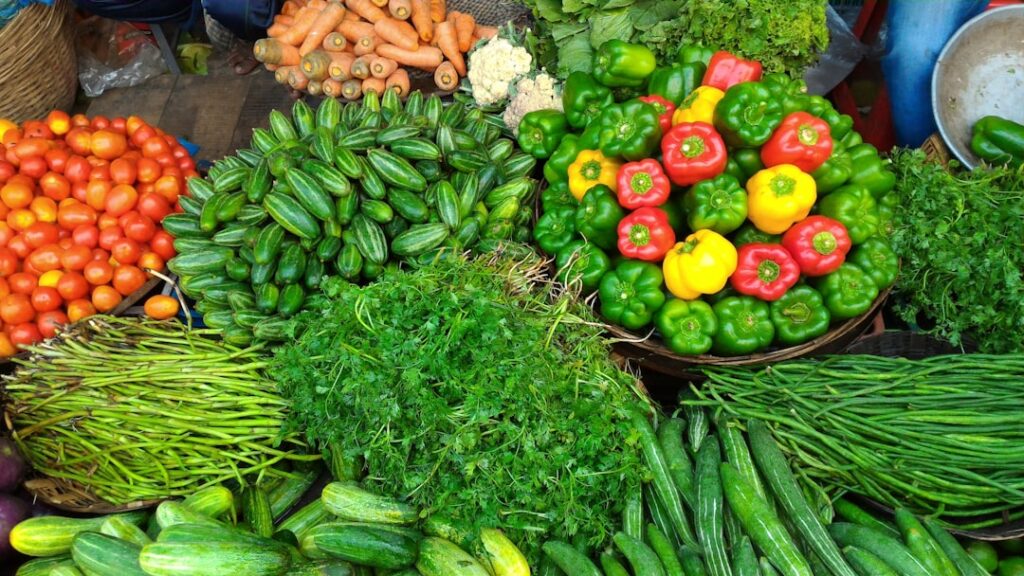Optimal hydration is a cornerstone of peak physical and cognitive performance, yet conventional wisdom often oversimplifies it to a single directive: drink eight glasses of water per day. While well-intentioned, this approach overlooks a more efficient and nutritionally superior strategy supported by scientific data: consuming a significant portion of your daily water intake through food. Analyzing common hydration practices reveals several critical errors that can undermine your energy levels and overall well-being. By correcting these mistakes, you can adopt a more effective, food-centric approach to staying hydrated.
Mistake 1: Relying Solely on Drinking Water
Relying exclusively on chugging water for hydration is inefficient. Water from food is absorbed more slowly because it’s trapped within the food’s fibrous structure. This gradual release provides sustained hydration and prevents the rapid flushing of electrolytes that can occur when drinking large volumes of water at once.
A study in the American Journal of Clinical Nutrition found that several beverages—and by extension, water-rich foods—were more hydrating than water over a four-hour period due to their nutrient density. The data is clear: foods with extremely high water content are powerhouse hydrators.
- Cucumber: 96% water
- Celery: 95% water
- Iceberg Lettuce: 95% water
- Zucchini: 94% water
- Watermelon: 92% water
Incorporating these into your diet provides a slow-release source of H2O that your body can utilize more effectively.
Mistake 2: Ignoring the Critical Role of Electrolytes
Hydration is not merely a measure of water volume; it’s an electrochemical process. Electrolytes—minerals like potassium, sodium, and magnesium—are essential for regulating fluid balance and nerve function. When you sweat, you lose both water and electrolytes. Replenishing with plain water alone can dilute the concentration of remaining electrolytes, potentially leading to a condition called hyponatremia.
Many hydrating foods come pre-packaged with these vital minerals, creating a perfect synergy for rehydration.
- Potassium-Rich Foods: Cantaloupe (90% water), spinach (91% water), and bananas (75% water) help manage fluid balance and muscle contractions.
- Sodium Sources: Celery (95% water) and certain broths provide the sodium necessary for nutrient absorption and nerve impulse transmission. Don’t overdo it, but a natural amount is crucial.
- Magnesium Powerhouses: Spinach and Swiss chard (92% water) deliver magnesium, which plays a role in hundreds of enzymatic reactions.
Mistake 3: Overlooking Vegetables in Favor of Fruits
While fruits like watermelon and strawberries are famously hydrating, vegetables often contain even higher water percentages and less sugar. Prioritizing vegetables is a data-driven strategy for maximizing hydration while managing caloric and sugar intake. Their structural water content is a key metric for effective hydration.
Consider the water content of these common vegetables:
- Bell Peppers (all colors): 92% water
- Cauliflower: 92% water
- Broccoli: 89% water
- Carrots: 88% water
These vegetables not only hydrate but also deliver a high concentration of vitamins and fiber, contributing to overall metabolic health.
Mistake 4: Fearing All Caffeinated Beverages
The belief that caffeinated drinks like coffee and tea are inherently dehydrating is a persistent myth that lacks strong scientific support in the context of moderate consumption. While caffeine is a mild diuretic, studies show that the volume of water in a standard cup of coffee or tea more than compensates for the diuretic effect. Research published in PLOS One concluded that moderate daily coffee intake does not lead to dehydration and contributes to your daily fluid requirement just as water does. The key is moderation; relying solely on highly caffeinated beverages is not advisable, but a cup or two a day will not sabotage your hydration goals.
Mistake 5: Treating Hydration as a Summer-Only Concern
Dehydration risk doesn’t disappear when the temperature drops. In winter, dry indoor heating and the body’s reduced thirst response in cold weather can lead to significant fluid loss. Furthermore, you lose a substantial amount of water vapor simply by breathing in cold, dry air. A strategic, food-based hydration plan is essential year-round.
Focus on seasonally appropriate hydrating foods:
- Citrus Fruits: Oranges and grapefruits are at their peak in winter and boast around 88% water content.
- Soups and Broths: A warm vegetable or bone broth can be over 90% water and provides an excellent vehicle for sodium and other electrolytes.
- Cooked Grains: Oatmeal, cooked with water or milk, absorbs a large amount of liquid and offers sustained energy and hydration.
By moving beyond a simplistic “more water” mindset and correcting these common errors, you can leverage the nutritional power of food. An analytical approach, focused on the water and electrolyte content of what you eat, offers a more effective and sustained path to optimal hydration, energy, and health.
Photo by Fakhar Uddin on Unsplash

